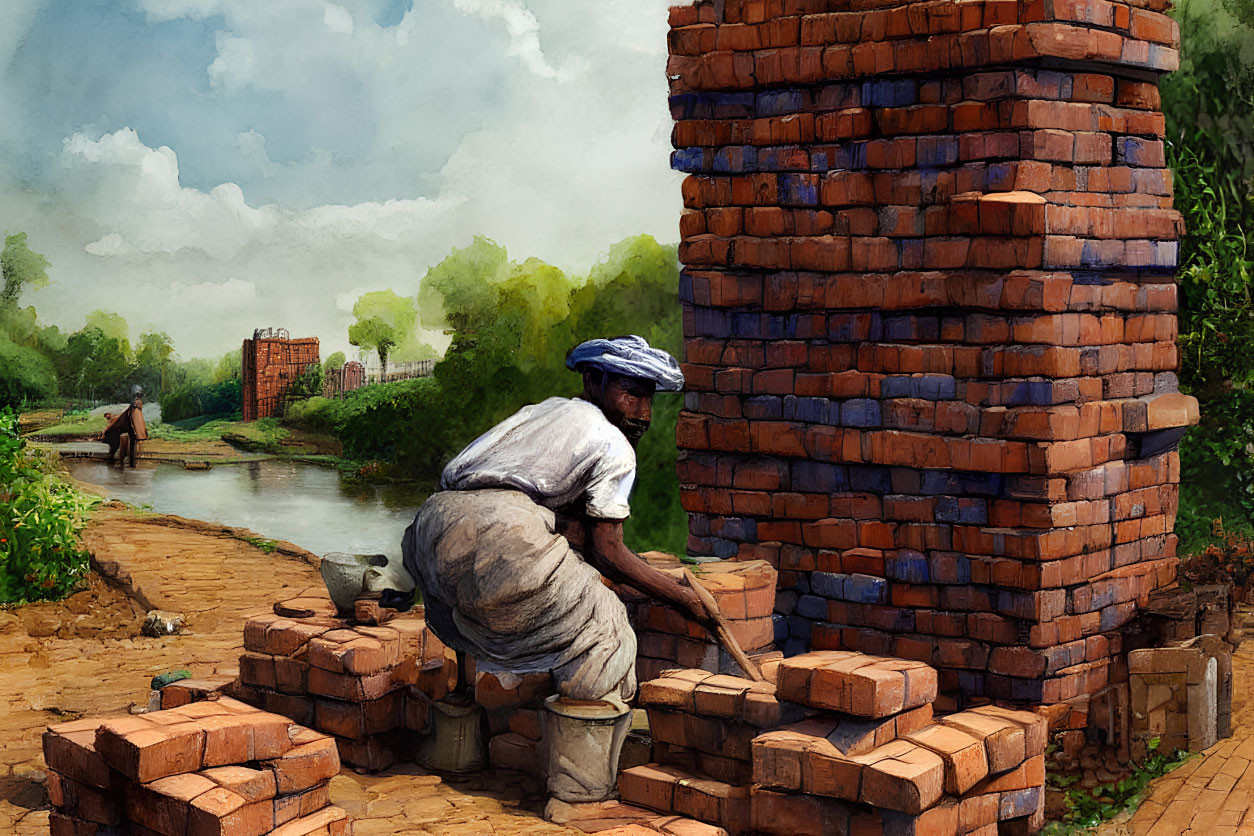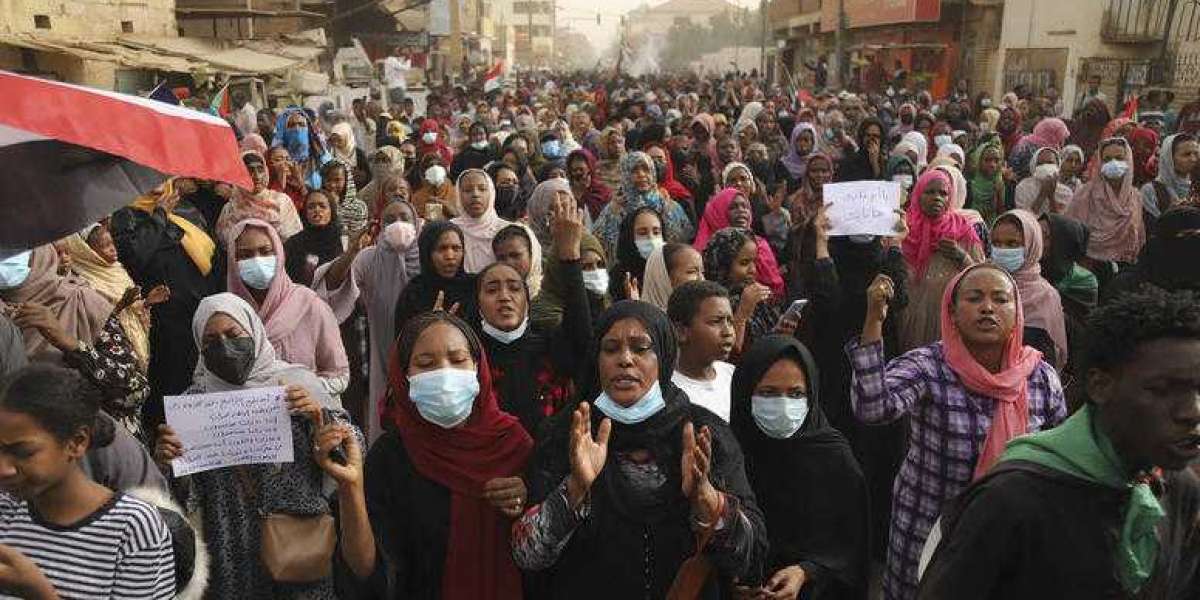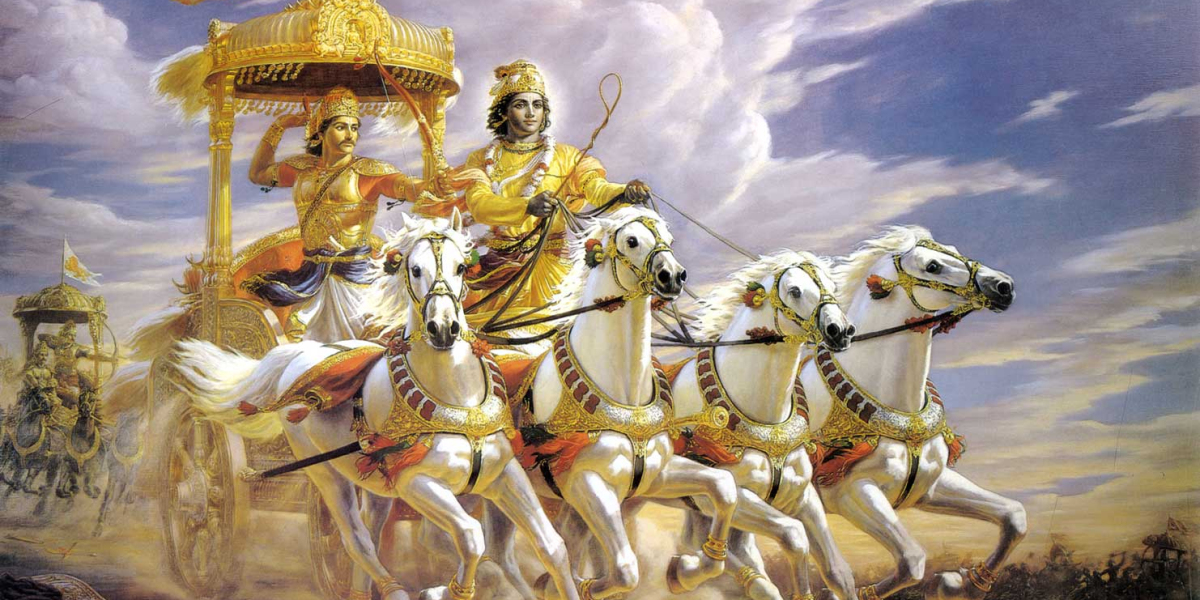
Brick making by the river Nile
Brick making has been an important industry in Sudan for many centuries, and the Nile River has played a key role in its development. The brick industry in Sudan is thought to date back to the Meroitic period (c. 300 BCE-300 CE), when bricks were first used for construction in the city of Meroe. The use of bricks continued during the Kushite period (c. 1000 BCE-350 CE), when they became an important part of the Kushite royal architecture. Sudan's brick industry reached its peak during the Ottoman period (1517-1885 CE), when brick making became a major industry in the city of Khartoum. The industry continued to grow during the British colonial period (1898-1956 CE), when Sudan was a major producer of bricks for the British Empire. Today, Sudan is one of the leading brick-producing countries in Africa, and brick making remains an important industry in Khartoum.
The brick industry in Sudan is based on the exploitation of the Nile River. The river provides the clay that is used to make bricks, as well as the water needed to wet and mold the clay into bricks. The clay is extracted from the river banks and then transported to the brickyards, where it is wetted and molded into bricks. The bricks are then sun-dried and fired in kilns to harden them.
The Nile River plays a key role in the Sudanese brick industry not only because it provides the raw materials, but also because it is a transportation route. Bricks are transported from the brickyards to construction sites by boat, and the river is also used to transport bricks to other parts of Sudan and to export them to other countries.
The Sudanese brick industry has a long history and has been an important part of the country's economy for many centuries. The industry continues to play a significant role in Sudan's economy today, and the Nile River is a key factor in its development.
I wanted to touch the waters of River Nile so we got a local to drive us right to the edge of Nile. I asked him to stop as I wanted to see the Sudanese at work. The Sudanese worker was observed making mud bricks to build houses on the banks of the Nile River in Khartoum. The process of making mud bricks is a labor-intensive process that requires the worker to first gather the materials, which include mud, sand, and water. The worker then mixes the ingredients together and forms them into bricks. Once the bricks are formed, they are dried in the sun before being used to build houses. The sun dried bricks of Sudan. Special wooden rectangular boxes were filled with the clay mixture.
The process of making mud bricks is a centuries-old tradition in Sudan that has been passed down from generation to generation. The mud bricks are an important part of Sudanese culture and are used in many different ways, including as a building material for houses. The Sudanese worker is observed to be skilled in the art of making mud bricks and is able to produce them quickly and efficiently.
The Nile is so important to the people here because it is the only source of water for miles around. Without the Nile, the people of Khartoum would have no way to irrigate their crops or drink. The Nile is also a source of transportation, as many people use boats to travel up and down its length.
The banks of the Nile were certainly fertile, and a wide variety of plants were planted there. The most common plantings were probably crops like wheat and barley, but other plants like flax and papyrus were also grown. The Nile was also a source of water for irrigation, so the soil was kept moist and productive.
The Nile is such an iconic river, and being able to see it in person was really special. It's hard to believe that something so beautiful can also be the setting for one of the most famous stories in the Quran. The story of Moses in the floating basket is such a powerful reminder of the strength of a mother's love.
The Pharaoh's decree was based on fear - he was afraid that a male child would one day rise up against him and overthrow his rule. The people continued to live and work, despite the decree. This just goes to show that even the most powerful ruler cannot always control everything.
The floating basket got stranded at the Palace and his wife found the child and wanted to adopt him. The child was then raised in the Palace and grew up to be a strong and successful man, Prophet Moses a.s.
The sound of the Azan, the Islamic call to prayer, ringing out over the city of Khartoum was a reminder of the religious and cultural diversity of Sudan. As we were driving back to our hotel, we passed by many houses, each with its own unique style. I noticed another thing that I wish to tell. Every two or three houses the males placed prayer mats at their porch and did their Jemaah prayers together outside their houses, about five to ten per congregation. Despite the different architectural styles, there was a sense of unity in the city that was brought about by the shared experience of worship. Yes, paying in the open air, enjoying the dawn breeze.
We later stopped at a Night Market to experience what Night Markets are in Khartoum. The Night Market was an interesting experience. There was a lot of hustle and bustle, and it was interesting to see the different wares that were on offer. I particularly enjoyed the fresh fruit and vegetables that were on sale, and the atmosphere was really lively.
I went to Sudan Twice to look for business opportunities. Malaysia is second to China in terms of acceptance as a business partner, but I failed to get any positive results from Khartoum








